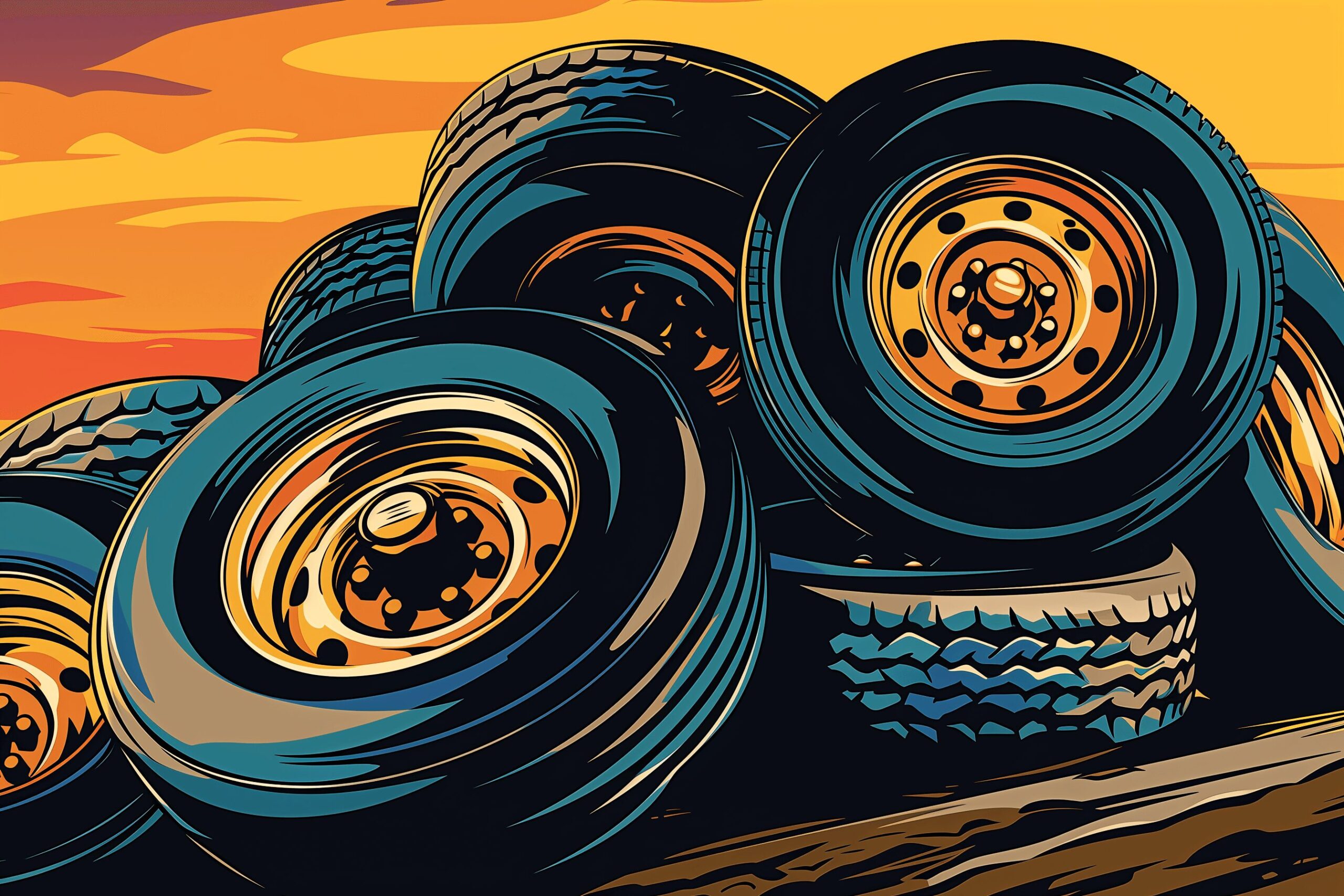What’s a Pro Mod Car?
Oct 27, 2021

As an Amazon Associate, Modded gets commissions for purchases made through links in this post.
Whether you’re a hardcore gearhead or simply have an eye for cars, you probably know a good body mod when you see one. Maybe you’ve even made a few alterations to your own vehicle. But do you know the difference between a regular old modification and a pro mod?
Pro mod cars are a class of their own, one that deserves more conversation in social circles and the racing world alike. Unlike pedestrian drivers that modify their cars to impress others, professional drivers use pro mods to go faster, win more races and get paid.
Let’s take a closer look at what makes a mod professional and why these modifications focus on function rather than aesthetics.
What’s a Pro Modified Car?
Pro mod cars are purpose-built 200mph-plus racecars cloaked in replica streetcar bodies. Styles range from the 1930s to the present day. Don’t let their looks deceive you. This division is considered the fastest class of drag cars with working doors. Only funny cars and dragsters are faster.
Unlike a regular mod, pro mods focus on function. Each modification and adjustment is necessary to a driver’s success on the racetrack and many include components that aren’t street legal by any means. In fact, near-limitless engine-drivetrain combinations allow most modders virtually every freedom to make their cars as fast and powerful as possible.
Anatomy of a Pro Mod
Most pro mod racing organizations have lenient rules. However, the division does have specific rules about racecars’ anatomy. So what makes a pro mod pro?
Body
Pro mod racecars are highly altered replicas of real car bodies that often resemble chopped, sectioned, stretched or scaled versions of the originals. These modifications improve the cars’ aerodynamics and accommodate large rear tires. This year, the National Hot Road Association requires that any front-end carbon fiber body parts be covered in a flame-retardant coating and that window nets release with quick-lock or spring-loaded mechanisms.
Engine
There are four different engine combinations available for the pro mod racing category. Each one comes with a weight requirement. Cars utilizing forced induction via a turbocharger, roos-type supercharger or centrifugal-type supercharger must measure 526 cubic inches or less and weigh at least 2,650 pounds with the driver. Meanwhile, nitrous cars that rely on aspiration have no cubic inch limit but must weigh at least 2,425 pounds, driver included.
Chassis
Drivers must custom fabricate a chassis, per strict pro mod rules. While the bare chassis can weigh a few hundred pounds, the wheelbase must weigh less than 115. Features include twin rails, strut style front suspension, a four-link mounted axle, carbon interior paneling and aluminum motor mounting panels. The fastest cars use lighter materials like carbon fiber and titanium.
Suspension
Many gearheads like to switch out their suspension for something a bit stiffer. However, pro mod racers must forgo solid suspension and don a racecar-type suspension instead. This modification requires four shock absorbers and a spring on each corner of the car. Modder must place a damper on each spring and many use electronic control to manage damping during competitions.
Drivetrain
Pro mod cars’ drivetrains can use a multi-disc clutch or a torque converter drive unit. Lockup converters are prohibited on supercharged or turbocharged combinations and overdrive units are prohibited on all combinations. The NHRA also forbids automatic, pneumatic and electric shifting devices. Instead, each shift must be controlled manually and drivers must disarm pressure manipulation control when launching the vehicle.
Wheels and Tires
Most pro mod racing associations have rules to regulate wheel and tire sizes. Typically, rear wheels are 16 inches in diameter and 16 inches wide. These massive tires require clamping rings to secure them and stop them from rotating on the wheels. Rear tire pressure begins at 5 psi and front tires can inflate to 35 psi. Why such low pressure? Rear tires are designed to crinkle at the starting line and grow about four inches by the time they reach the finish line.
Fuel
Regulations allow pro mod cars to run on either petrol or methanol. Nitrous cars use high octane gasoline while supercharged and turbo cars use methanol. These two fuels are top-grade formulas that allow pro mods to run right and go fast. Many drivers choose one specific brand to fuel their cars so that tune-ups are consistent and their pro mod racecars run reliably.
Always Improving
Nearly every pro mod car has a data logger onboard to record information and gather feedback from various sensors throughout the vehicle. This data allows them to fine-tune their driving habits and make adjustments that are essential to getting the car to drive fast. Regardless of which components they monitor, pro mod drivers are focused on improvement — and success.





